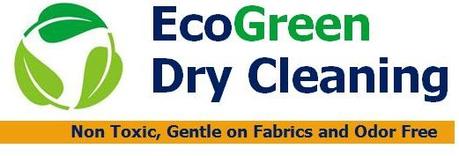What is Dry Cleaning?
Dry cleaning is defined as the cleaning of textiles in an organic solvent or washing in a non-aqueous fluid. Unlike water, dry cleaning solvents do not swell fabrics made of natural fibers (cotton, wool or silk) which can cause wrinkling, shrinkage, pilling of wool fabrics, and loss of finish.
Dry cleaning solvents are able to dissolve greasy, oily soils and serve as a carrier for detergents, which remove water-soluble soil and a flushing agent for the removal of insoluble soil from the fabric during the cleaning process. Detergents are added to speed insoluble soil removal, suspend soil and remove water-soluble soil.
It is the most effective known process for cleaning the broadest spectrum of natural and man-made fabrics. Dry cleaning is essentially a three-step operation: First, a solvent is used to dissolve and disperse the soils and oils on the fabric. Second, the solvent and soils are removed from the fabric and is filtered. And third, the soils are removed from the solvent in a process known as distillation, and the solvent is fresh and clean to be used again.
There are many reasons for dry cleaning garments rather than washing them in water. Some fabrics cannot be washed in water for fear of causing distortion due to shrinkage, while some fabrics are colored with dyes that dissolve in water. In addition, the fashion industry often uses a variety of fabrics in a single garment. This means that the choice of cleaning method becomes critical, and often dry cleaning is the only method that can be used to clean such a garment. Whatever the principal reason for dry cleaning a garment, the fact is that the complete dry cleaning process-which includes spot removal, solvent cleaning, and finishing-can restore a “like new” appearance to clothes



